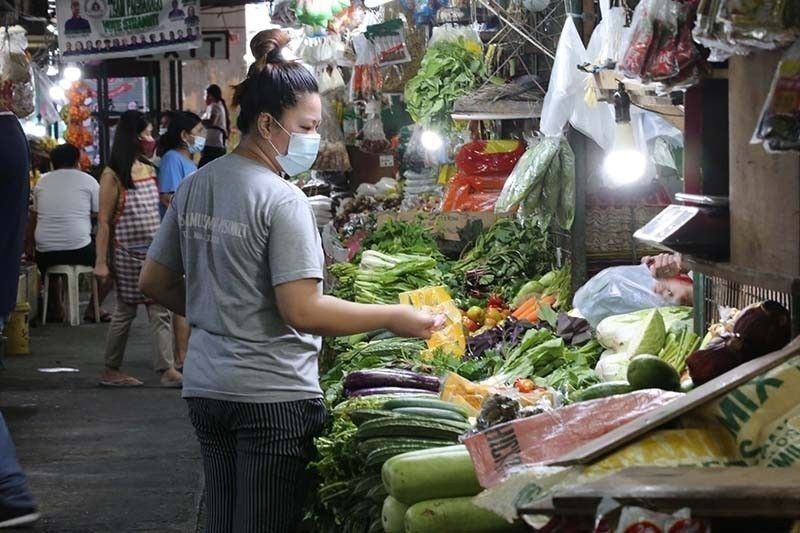Risk of inflation persistence highest in Phillipines

MANILA, Philippines — The risk of inflation persistence is highest in the Philippines that could prompt the Bangko Sentral ng Pilipinas (BSP) to continue to tighten monetary policy through more rate hikes, according to ANZ Research.
Based on its inflation forecast, ANZ sees the country’s inflation easing to 5.1 percent this year after accelerating to 5.8 percent in 2022, higher than the central bank’s two to four percent target, from 3.9 percent in 2021.
“The risk of inflation persistence is highest in the Philippines and India, where both supply-side constraints and robust demand are in play,” ANZ said.
The BSP expects inflation to accelerate further to 6.1 percent this year, higher than its previous forecast of 4.5 percent, as inflation surprised at a fresh 14 year high of 8.7 percent in January from 8.1 percent in December. It also raised its inflation forecast to 3.1 percent from 2.8 percent for 2024.
The central bank sees inflation settling between 8.5 percent and 9.3 percent in February with upward price pressures emanating from higher LPG prices as well as elevated prices of key food items such as pork, fish, egg, and sugar.
To tame inflation and stabilize the peso that slumped to an all-time low of 59 to $1 last October, the BSP Monetary Board has raised interest rates by 400 basis points, bringing the benchmark rate to a 16-year high of six percent from an all-time low of two percent.
“Our base case is for two more 25 bp hikes in the Philippines, taking the terminal policy rate to 6.50 percent,” ANZ said.
The investment bank said inflation continues to accelerate and stay above the BSP’s two to four percent target range just like in other countries in Asia.
“Elevated inflation pressures in the US have raised expectations of an extended US Fed rate-hiking cycle; the victory over inflation has also largely proven elusive so far in this region,” ANZ said.
According to the investment bank, the surge in inflation last year was driven largely by supply-push factors as both food and transport costs have a large weight in consumer price index (CPI ) baskets, the spike in crude oil and food prices had a substantial bearing on inflation.
However, with crude oil and world food prices – as measured by the UN Food and Agriculture Organization’s price index that tracks the most globally traded food commodities – normalizing, the pressure from these factors should ease.
ANZ said upside risks persist in the Philippines as potential additional transport fare hikes are a watch point in the country.
Meanwhile, it said food-related price pressures remain elevated in Asia and even strengthened in the Philippines, a net food importer, in early 2023.
- Latest
- Trending





























